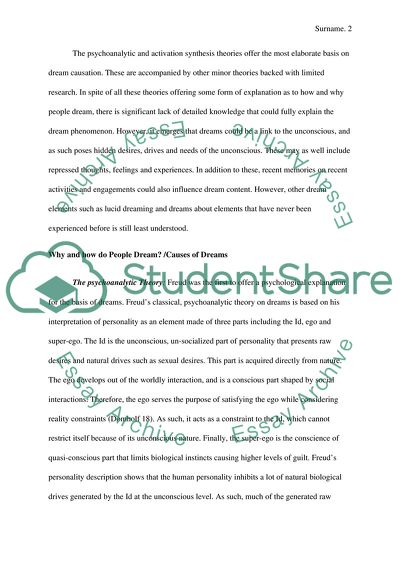Cite this document
(What Do Dreams Tell Us Coursework Example | Topics and Well Written Essays - 1500 words, n.d.)
What Do Dreams Tell Us Coursework Example | Topics and Well Written Essays - 1500 words. https://studentshare.org/psychology/1788392-what-do-dreams-tell-us
What Do Dreams Tell Us Coursework Example | Topics and Well Written Essays - 1500 words. https://studentshare.org/psychology/1788392-what-do-dreams-tell-us
(What Do Dreams Tell Us Coursework Example | Topics and Well Written Essays - 1500 Words)
What Do Dreams Tell Us Coursework Example | Topics and Well Written Essays - 1500 Words. https://studentshare.org/psychology/1788392-what-do-dreams-tell-us.
What Do Dreams Tell Us Coursework Example | Topics and Well Written Essays - 1500 Words. https://studentshare.org/psychology/1788392-what-do-dreams-tell-us.
“What Do Dreams Tell Us Coursework Example | Topics and Well Written Essays - 1500 Words”. https://studentshare.org/psychology/1788392-what-do-dreams-tell-us.


